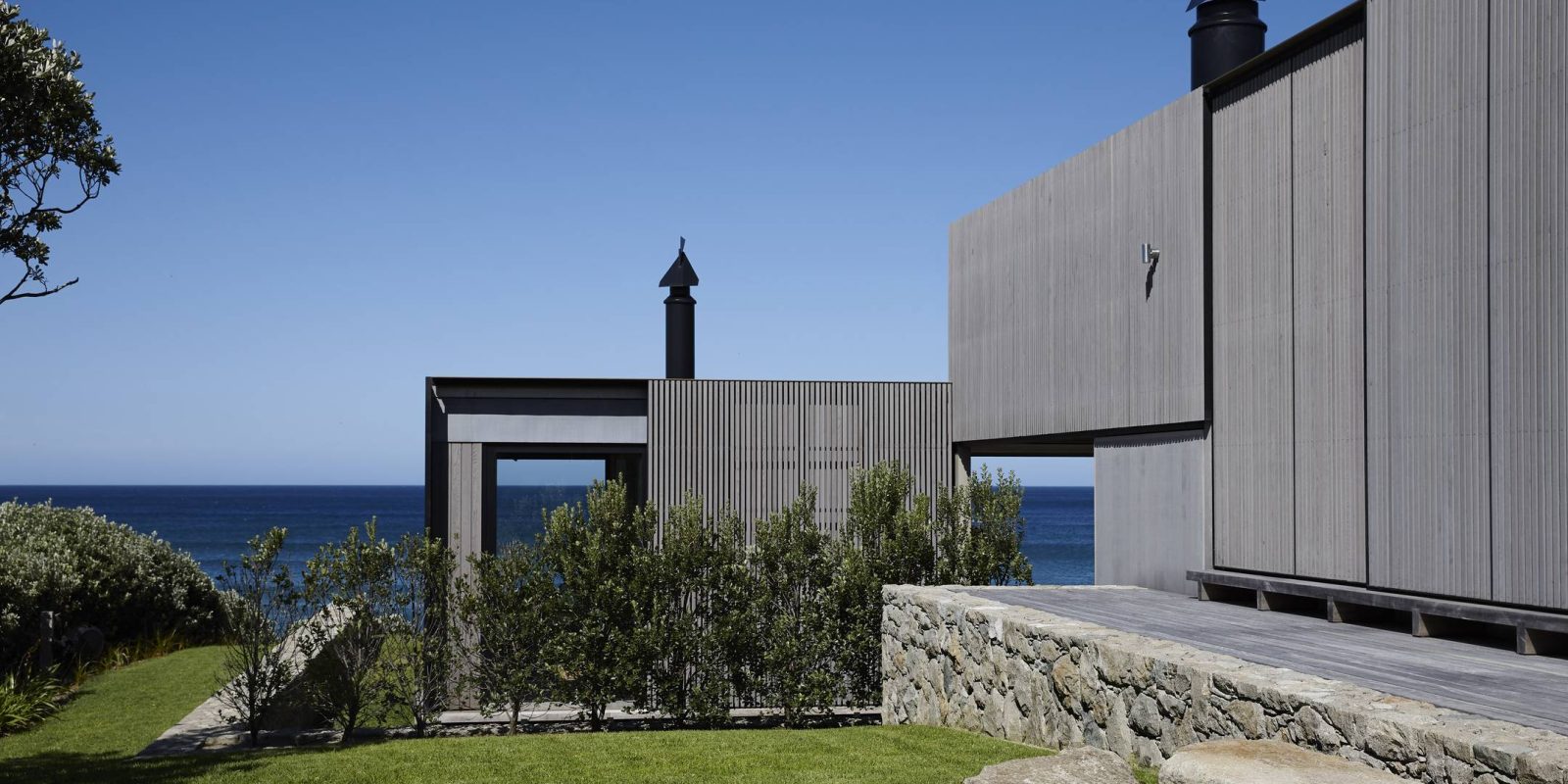Great Barrier Island’s reputation as a hub for world-class architectural design has been reinforced with the Awana Beach House, designed by Herbst Architects, being showcased in the Financial Times—the world’s most read business newspaper, headquartered in London.
The FT, known for its coverage of international affairs, business, and culture, reaches millions of readers worldwide. The newspaper produced a feature on New Zealand’s modernist architectural movement, with a focus on designs that seamlessly connect with the country’s striking landscapes.
The Awana Beach House, completed in 2020, was designed for a high-profile Auckland family and features sliding cedar screens that reference New Zealand’s vernacular timber-framed structures, according to the FT. It notes that the untreated cedar screens “are constantly battered by sea-spray, creating a silvered effect.”
Herbst Architects, which has designed multiple homes on Great Barrier Island, are known for their approach to integrating buildings into their surroundings. “What we’re always trying to do with these beach houses, essentially, is blur the line between the building and the landscape,” architect Lance Herbst told the FT.
The FT article also highlights Fearon Hay, another prominent New Zealand architectural firm with multiple projects on the Barrier. Fearon Hay’s Synchronicity House in Wānaka was featured for its ability to blend into the land using materials like concrete, glass, and native timbers. Architect Jeff Fearon explained that their designs often take inspiration from high-country hiking huts, where movement between spaces is part of the experience. The FT quotes Fearon as saying, “That adventurous outdoor lifestyle can get lost by providing creature comforts.”
Both Herbst and Fearon Hay have received numerous international awards for their work. The Awana Beach House joins a long list of internationally recognized projects, cementing Great Barrier Island’s place as a showcase for some of New Zealand’s leading architectural talent.
Read the full article in the Financial Times here.







